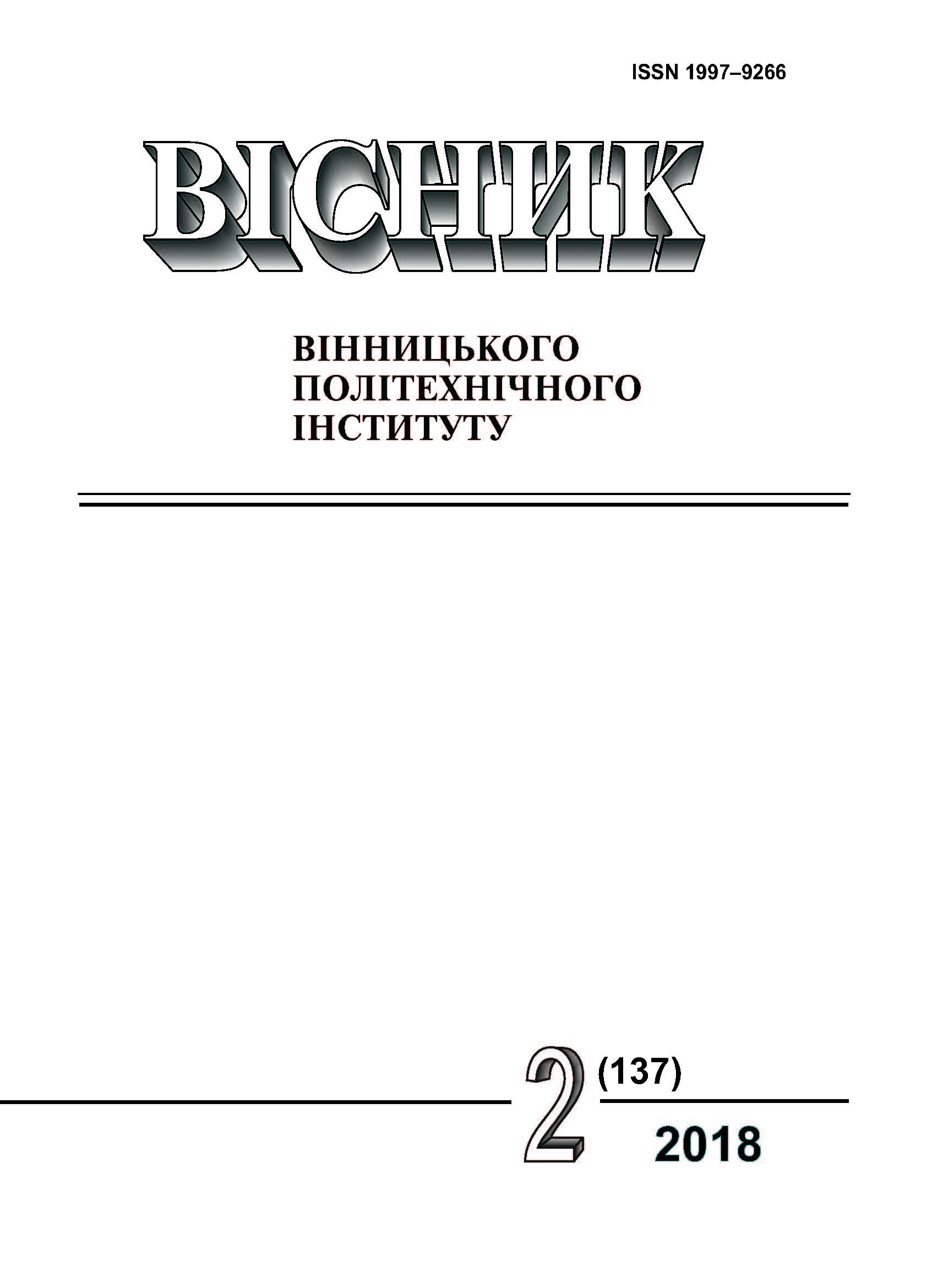Aspects of Smart Grid Concept Introduction in the Complex of Electrical Supply and Electricity Supply of Hydrogen Industry Enterprises
Keywords:
power supply, power consumption, concept Smart GridAbstract
According to the results of the analysis, it has been established that in the structure of electricity consumption of iron ore enterprises, among other consumers of electricity, prevailing distilled water, the share of which in the amount of electric energy consumption in the whole of iron ore mines reaches more than 40 %, and among underground consumers - almost 70 % of the above. It is proved that one of the directions of reduction of material costs of iron ore enterprises for consumed electric energy is the change in the time of operation of all energy-consuming consumers, including drainage, in favor of the economic zone of the day, however, this is largely an effective measure, nevertheless has its own limit, which is currently close to the achievement at the mining enterprises of Ukraine. It is substantiated that the power grid of drainage can be classified as a consumer-regulator of electric energy. Taking into account the fact that this receiver has the least effect on the technology of iron ore extraction, then changing the time of its operation in favor of another more economical tariff zone of electricity consumption will not entail changes in the technology of iron ore mining, and on the contrary, will improve the economy of costs for the consumption of electric energy. In the article the theoretical bases of introduction of iron ore enterprises of microhydroacumulating stations on the basis of drainage of mines, quarries and enrichment complexes are considered in the structure of supply of iron ore. In the work, the introduction of the concept of Smart Grid in the context of active consumption of electric energy in the framework of the electricity supply complex-electric consumption of drainage of iron ore enterprises is proposed by introducing microhardness storage stations in the electricity supply structure and measures to optimize the work schedule of the drainage pump, which will save money on the purchase of electricity and reduce the cost of iron ore products.
References
И. О. Синчук, Э. С. Гузов, А. Н. Яловая, и С. Н. Бойко, Потенциал электроэнергоэффективности и пути его реализации на производствах с подземными способами добычи железорудного сырья. Кременчук, 2015, 296 с.
О. Н. Синчук, И. О. Синчук, Э. С. Гузов, А. Н Яловая, и С. Н Бойко, Энергоэффективность железорудных производств», Оценка, практика повышения. Изд. LAP LAMBERT Academic Publishing is managed by OmniScriptum Management GmbH, 346 с., 2016.
Ф. П. Шкрабець, та О. В. Остапчук, Електропостачання глибоких і енергоємних рудних та вугільних шахт. Донецьк, Україна: НГУ, 2014, 160 с.
С. Н. Бойко, О. Н. Синчук, та И. О. Синчук, «Система управления электропотреблением горнорудных предприятий с целью повышения электроэнергоэффективности добычи железорудного сырья», Технічна Електродинаміка, № 6, c. 60-62, 2016.
А. В. Праховник, В. П. Розен, и В. В. Дегтярев, Энергосберегающие режимы электроснабжения горнодобывающих предприятий. Москва: Недра, 1985, 232 с.
В. А. Всеволожский, Основы гидрогеологии, 2-е изд., перераб. и доп.. Москва,Россия: изд-во МГУ, 2007, 448 с.
Downloads
-
PDF (Українська)
Downloads: 98
Published
How to Cite
Issue
Section
License
Authors who publish with this journal agree to the following terms:
- Authors retain copyright and grant the journal right of first publication.
- Authors are able to enter into separate, additional contractual arrangements for the non-exclusive distribution of the journal's published version of the work (e.g., post it to an institutional repository or publish it in a book), with an acknowledgment of its initial publication in this journal.
- Authors are permitted and encouraged to post their work online (e.g., in institutional repositories or on their website) prior to and during the submission process, as it can lead to productive exchanges, as well as earlier and greater citation of published work (See The Effect of Open Access).





